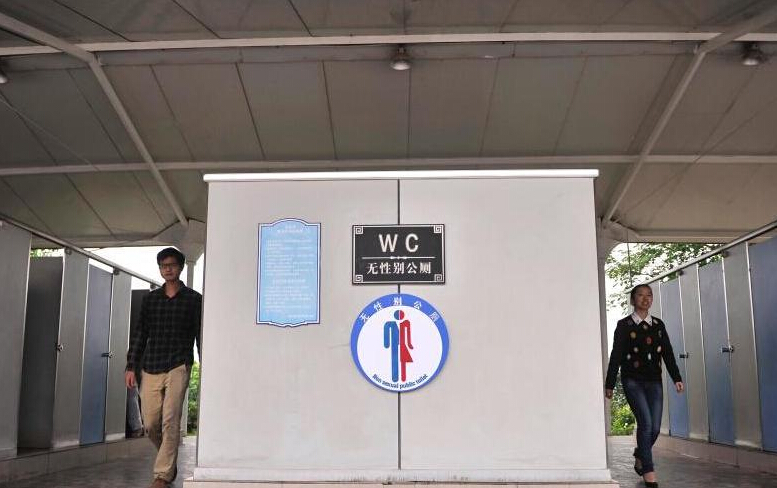Top attractions to install unisex toilets
|
|
|
Pedestrians use unisex toilets in Chongqing City on April 24, 2015.[Photo:gmw.cn] |
China’s top-ranking tourist attractions should be equipped with unisex toilets to meet higher standards, said a top tourism official on Feb. 4.
As part of a “toilet revolution” scheme that aims to boost tourism through cleaner and better-managed public conveniences, China will build 271 unisex toilets and renovate 333 at the country’s 5A scenic spots, according to Li Jinzao, head of the China National Tourism Administration.
As an alternative to gender segregated restrooms, unisex toilets are installed for people with disabilities, the elderly, the young and anyone who may require the assistance of someone of another gender.
A typical unisex restroom is equipped with a 45-centimeter toilet, a 70-centimeter safety pole, a clothes hook and an emergency call button to meet the needs of different people.
China is making steady progress to improve toilet sanitation nationwide since the “revo-loo-tion” began in 2015.
A total of 50,916 toilets have been installed or upgraded so far, 89.33 percent of the official target the government announced for the three years through to 2017, said Li.
